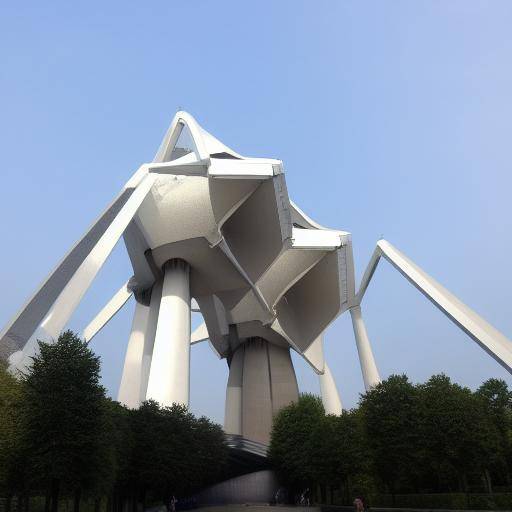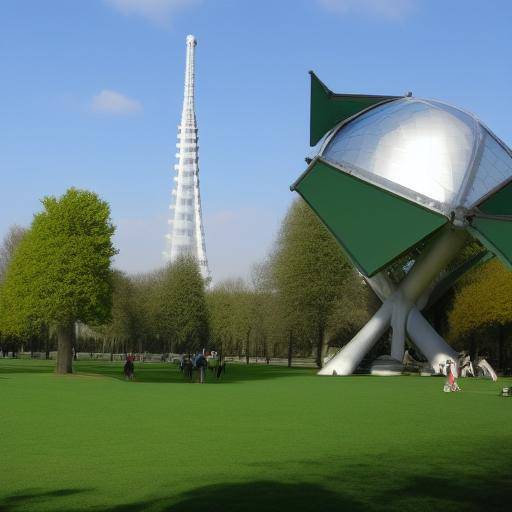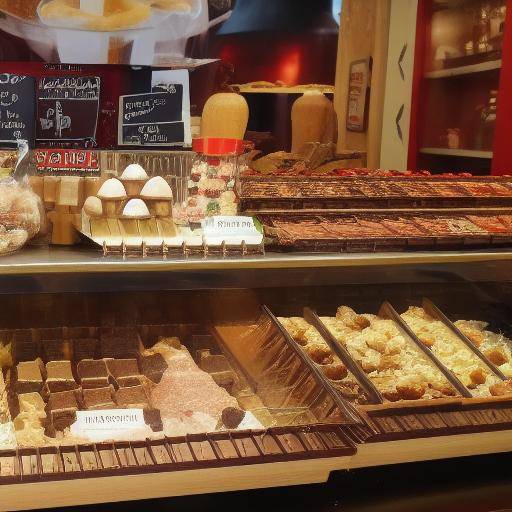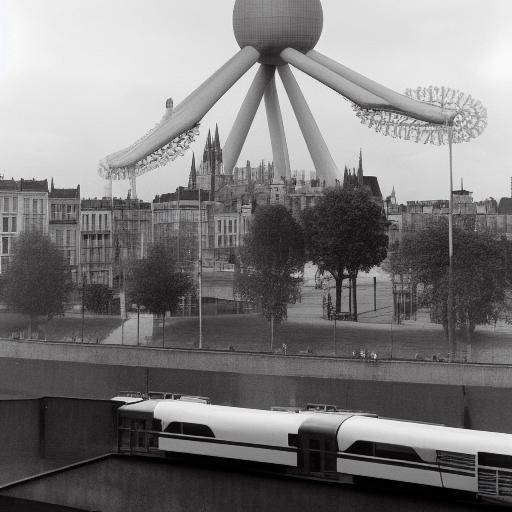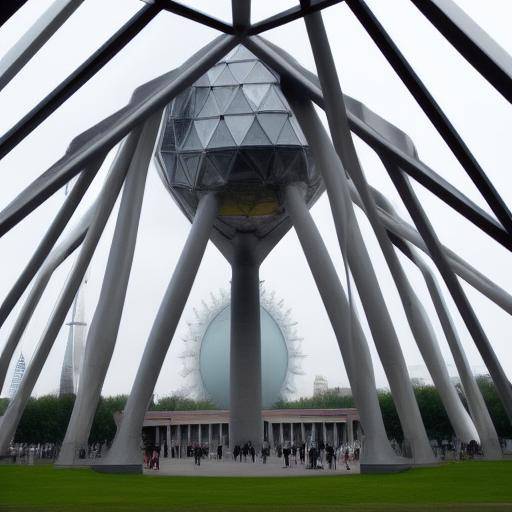
The Atomium in Brussels is an architectural wonder that combines science, history and art in an impressive monument. In this article, you will discover the fascinating history of the Atomium, its cultural significance and how you can visit this icon of modern architecture in the beautiful city of Brussels. In addition, we will explore the influence of the Atomium on modern architecture and its relevance today. Prepare for a dive in the Atomium world and its impact on the history and culture of Brussels.
History and Background
The history of the Atomium dates back to its presentation at the 1958 World Expo in Brussels. Designed by the architect André Waterkeyn, this monument was conceived as a symbol of the atomic era and the futuristic vision of science and technology in the 1950s. With its interconnected sphere structure, the Atomium quickly became a world-wide recognizable milestone.
During the World Expo, the Atomium served as a bold representation of the unlimited potential of atomic energy for a prosperous future. Since then, this monument has been not only an architectural icon, but also an emblem of human innovation and creativity.
In the following decades, the Atomium has experienced renovations and has evolved to become a cultural symbol of Brussels and Belgium. Its unique combination of avant-garde architecture and historical meaning has made it an indispensable tourist attraction for visitors from around the world.
Exhaustive analysis
The Atomium not only represents an architectural milestone, but also symbolizes scientific and technological advances. Over the years, he has witnessed significant advances in various fields, from nuclear energy to structural engineering.
The impact of the Atomium on modern architecture is manifested in its influence on the design of futuristic structures and the integration of science and art into contemporary architecture. By exploring the connection between the Atomium and modern architecture, the importance of this monument is revealed as an iconic milestone that has transcended its original function to inspire later generations of architects and designers.
Comprehensive review
When visiting the Atomium, visitors have the opportunity to experience the unique fusion of science, history and art that represents this monument. The practical aspects of the visit, such as accessibility, exhibitions and interaction with the structure, offer a holistic perspective of the Atomium as an architectural masterpiece that exceeds the expectations of the visitors.
In addition, in observing the Atomium in the context of Brussels' evolution and modern architecture, its continuing relevance is revealed as a lasting symbol of human creativity and technical innovation.
Comparative analysis
By comparing the Atomium with other architectural landmarks in Brussels and exploring its relationship with modern architecture in a wider context, it is evident that the Atomium is much more than a monumental structure. It is a point of convergence between the past, the present and the future, which highlights the fusion of science and art in a unique architectural framework.
Practical Tips and Accessible Recommendations
If you are planning to visit the Atomium, here are some practical tips to make the most of your experience:
- Book your tickets in advance to avoid the long rows.
- Explore interactive exhibitions to understand the history and science behind the Atomium.
- Do not miss the breathtaking views of Brussels from the top of the Atomium.
Industry Perspectives and Expert Reviews
Architecture experts recognize the value of the Atomium as an art work and an architectural milestone that has resisted the test of time. Its unique integration of scientific and aesthetic elements places it in a prominent place in the modern architecture industry, serving as inspiration for future creations.
Case Studies and Real Life Applications
The impact of the Atomium extends beyond its function as an iconic tourist attraction. It has been the scene of numerous events and exhibitions that have highlighted its versatility as a multifunctional space. Companies and organizations have used the Atomium as a scenario for presentations, corporate events and cultural activities, demonstrating their ability to adapt to various needs and contexts.
Future Trends and Predictions
As we advance towards the future, the Atomium will continue to be an emblem of innovation and convergence between science and art in contemporary architecture. Their influence is expected to inspire new architectural approaches that seek to integrate scientific and aesthetic concepts into innovative and meaningful forms.
Conclusion
In short, the Brussels Atomium is much more than an architectural monument; it is a lasting symbol of human creativity, technological innovation and the close relationship between science and art. His legacy will remain a reminder of human capacity to transcend borders and create works that capture imagination and admiration. When visiting the Atomium, visitors have the opportunity to immerse themselves in a world where science and art intertwine splendidly, leaving a lasting impression on those who have the privilege of experiencing it.
FAQs (Frequently Asked Questions)
1. What is the best time to visit the Brussels Atomium?
The best time to visit the Atomium is during spring or summer, when the weather is more pleasant and the hours of sunlight are longer. This will allow you to enjoy the panoramic views of the monument.
2. What other attractions close to the Atomium should consider visiting?
In addition to the Atomium, we recommend exploring the Mini-Europe, a miniature park featuring replicas of famous European monuments. You can also visit Laeken Park and Laeken Royal Palace, which are close to the Atomium.
3. Are there public transport options to reach the Atomium?
Yes, you can reach the Atomium using the public transport of Brussels, such as the metro, tram or bus. The "Heysel" station is the closest stop to the Atomium.
4. How long is it recommended to book to visit the Atomium?
The visit to the Atomium can take between 2 and 3 hours, depending on your interest in exploring your exhibitions and enjoying the panoramic views. We recommend planning at least half a day to visit the Atomium and its surroundings.
5. Is there access restrictions for people with reduced mobility?
The Atomium has been adapted to be accessible to people with reduced mobility. It has lifts and other facilities to ensure that all visitors can fully enjoy the experience.
6. What is the story behind the Atomium design?
The design of the Atomium was conceived by the engineer André Waterkeyn for the 1958 World Expo. Its structure symbolizes an expanded iron crystal 165 billion times and has been acclaimed as a masterpiece of architectural modernism.
With this complete guide, you are ready to embark on an exciting visit to the Brussels Atomium, where science and art converge to create an unforgettable experience. Discover the fascinating history and lasting influence of this iconic monument and immerse yourself in the magic of modern architecture in its maximum expression.

